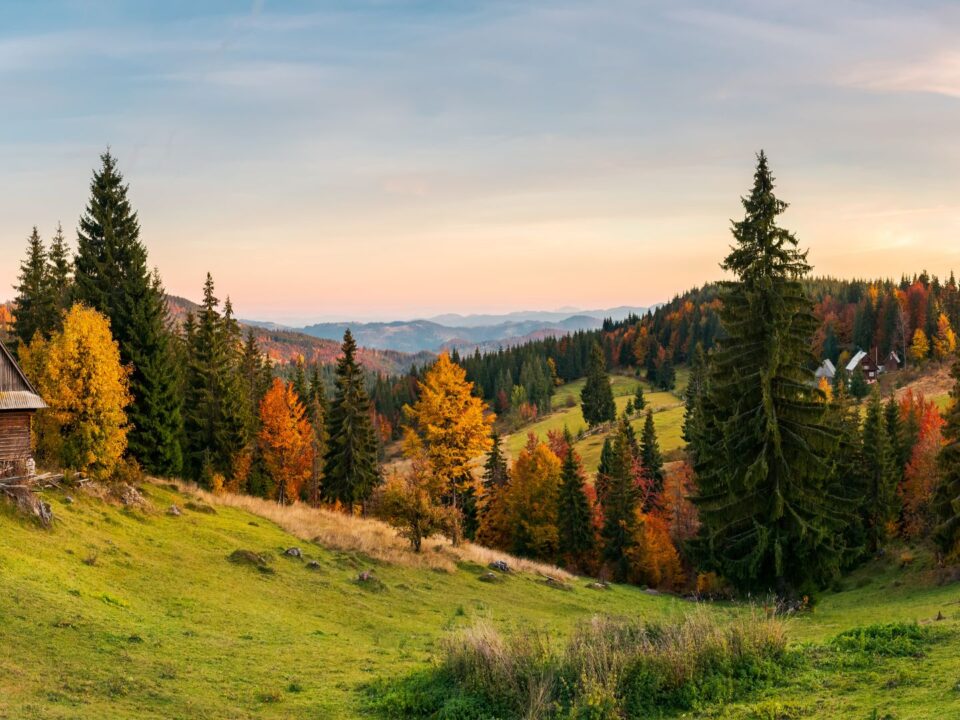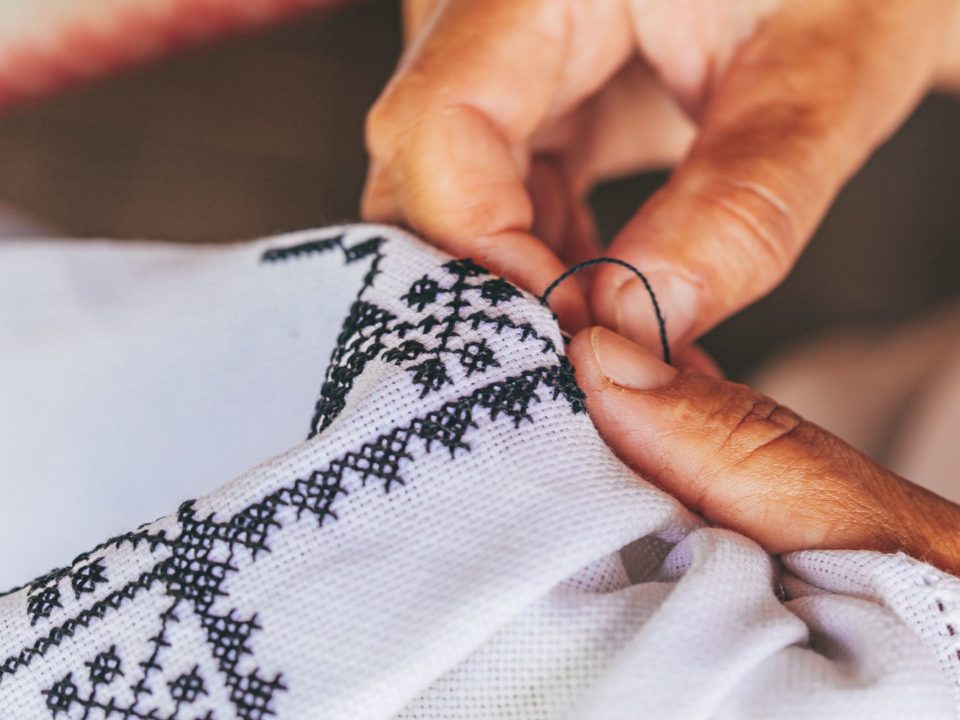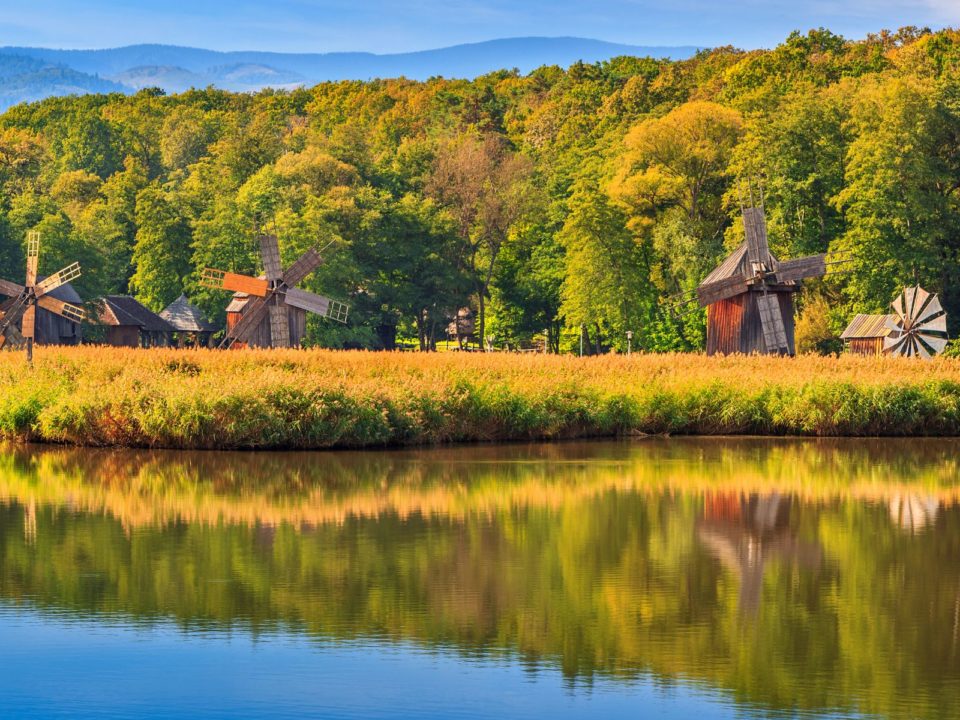Small promises change worlds@PURE2016
September 23, 2016
How About A Destination Wedding In Transylvania?
October 11, 2016In the rush of today’s world, many connections get lost with time due to drastic changes that follow, or are purely forgotten because the battle of tomorrow’s worries knocks at our doors. One of those connections which has not only been forgotten, but purposely severed as well, is the one between the Romanian individual and his horse.
From immemorial times, the horse has been a friend of the Romanian individual, his companion, and a symbol of courage and freedom. From fairy tales, to songs and to the real world, the horse has accompanied the Romanian individual everywhere: fieldwork, travels, battles, or just pure walks along the plains of the earth. Thanks to this companionship between the two, the horse has become a symbol of its own in Romanian culture.
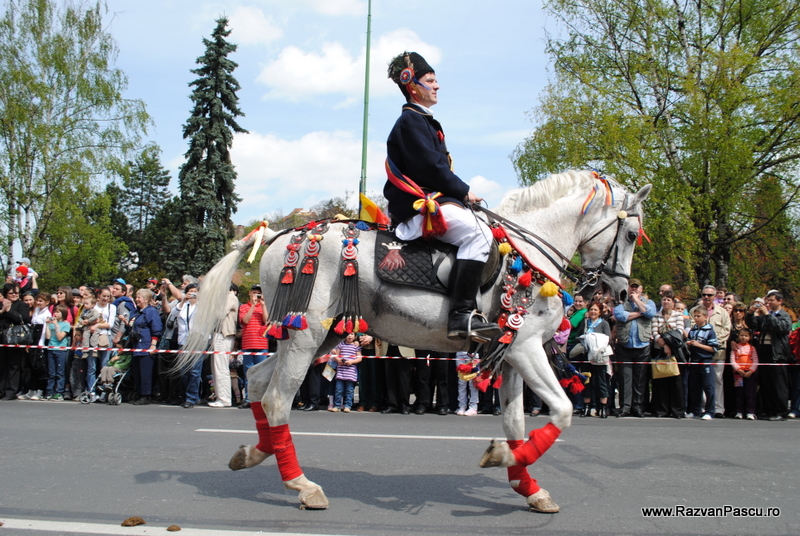
Source: razvanpascu.ro
Proof of this connection and journey together throughout the times comes from early ages, where we can see the horse being present in the “Danubian rider” legend, such rider belonging to the Geto-Dacian culture, the Romanians’ ancestors, and follows the individual along in his journey until present times.
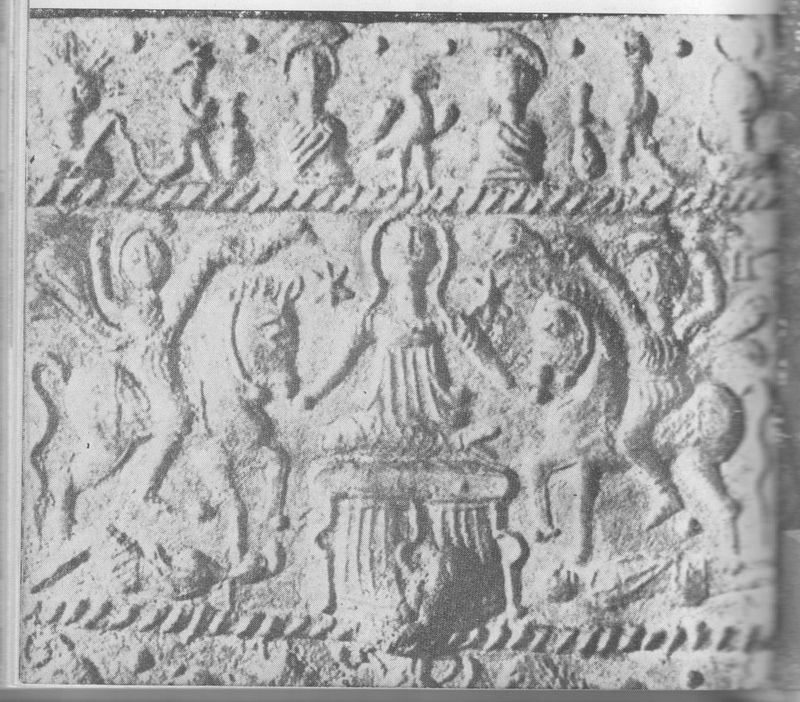
Source: romanianhistoryandculture.com
One of the most renown man in Romanian history, Michael the Brave, known not only for his great leadership skills, but for his bravery and strong spirit, who also managed to unite all the Romanians under one ruling, is always pictured along his horse.
In any parts of Romania you’ll go, when you’ll see his statue, you’ll notice that he is almost always pictured alongside his horse, riding it, once again proof between the Romanian individual and his companion, the steed. One would get to think that this connection between the two is sacred.
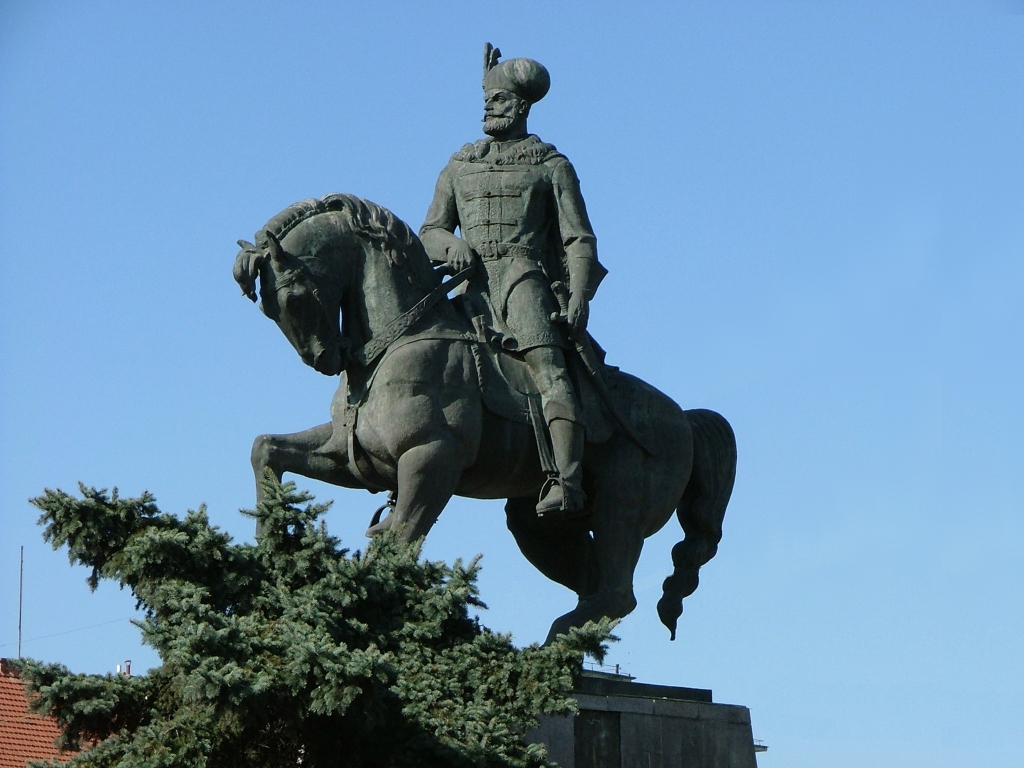
Source: Wikipedia
Likewise, the horse is omnipresent in Romanian fairy tales at all times, where it accompanies the Romanian hero – such as Făt Frumos – all throughout his challenges, and even undergoing some itself (like eating hot coals), so he can be of great use and help to the hero.
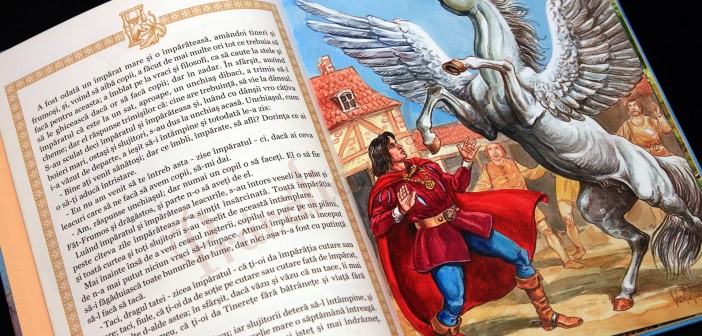
Source: anidescoala.ro
The horse is so deeply rooted in Romanian culture that we can even find songs that has it as a subject, one of the most well-known Romanian songs being “Fir-ai tu sa fii de murg”, where the artists Liviu Vasilica tells a story about how he cannot sell his studhorse, no matter how much he’d want, preferring rather to do anything else than to sell it.
We can once again take notice of this very deep connection between the two beings – the Romanian individual and his horse -, and we can observe how even though both of them come from different planes of existence, their spirits intertwine and form a profound communion, one that would become such symbol over the years, that will transcend time itself and be talked about even in the books of history.
It’s this link between the two and its sacredness that was used by the communists against the Romanians, back when the regime got installed, and the collectivization process started.
Given what the horse symbolized for the Romanian individual, and their connection, it quickly became a public enemy of the regime. If one possessed horses, not only this would mean an economical value, but given its socio-affective value it would mean that the individual possesses some sort of mental strength against the regime. People would rather separate from their lands than from their horses. And this couldn’t be possible.
That is when the Romanian individual’s spirit took the biggest hit: in order to mentally break him, thousands of horses were killed, and so what was viewed then as a symbol of freedom and resistance against the regime, was now just a painful memory.
The Romanian individual and his horse have gone through a lot since then, and even now, they still do. The last remaining wild horses from Letea forest, Danube Delta, were few years ago under great danger of being killed to serve as raw meat for the industry, but thanks to great Romanian individuals, they have been saved and now roam free.
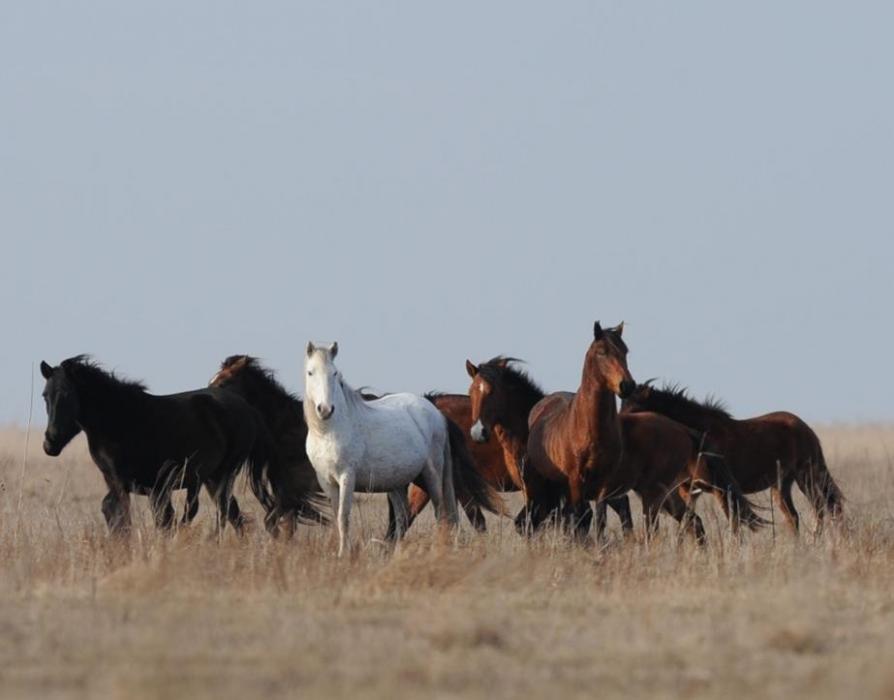
Source: four-paws.org.uk
And so, even though this special connection between the two seems very much severed, actions such as these show us that the link is still there, and whenever one is in danger, the other comes to the rescue, and for a moment, the connection is made again.
- by Chatte Georgiana

